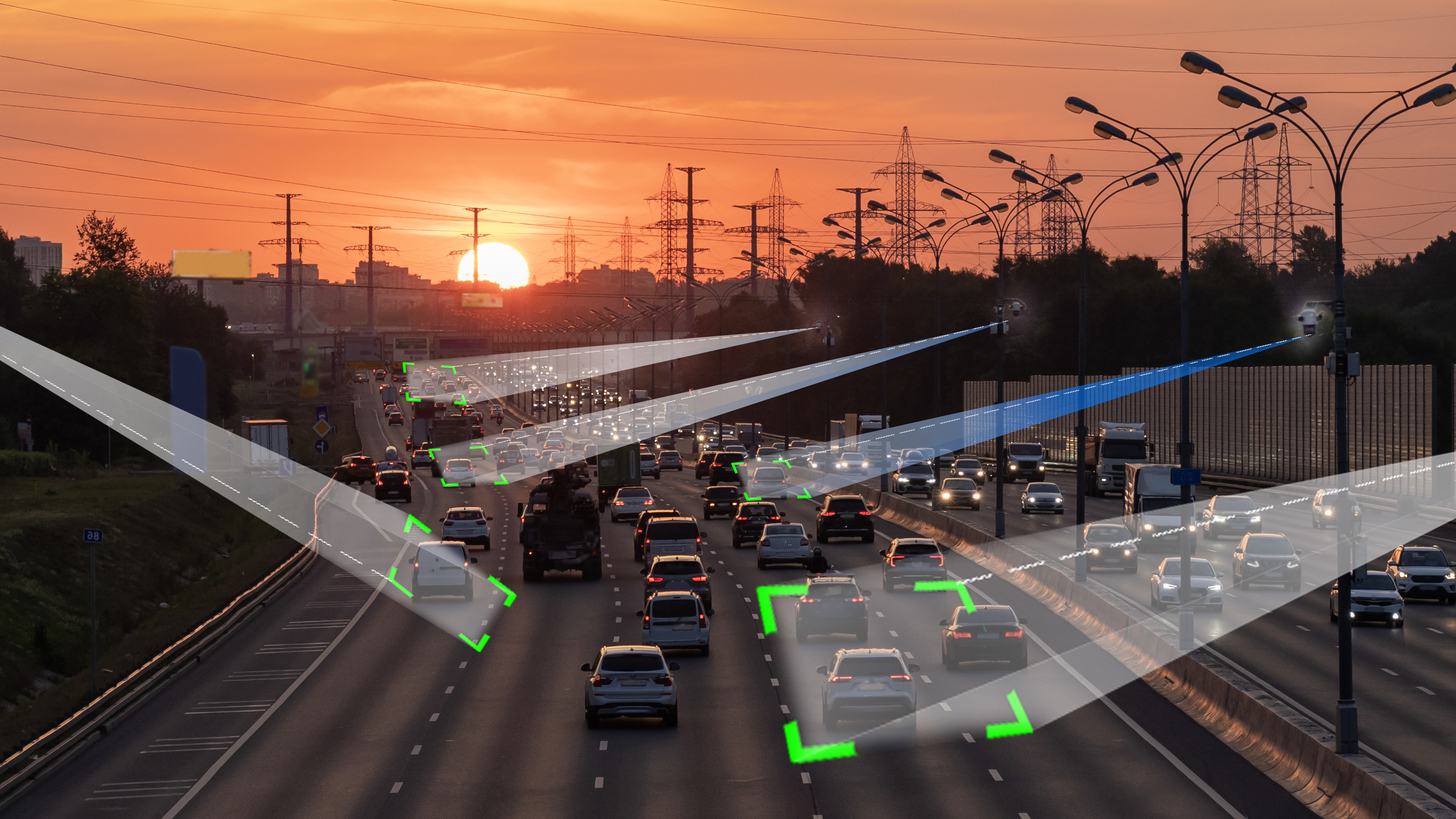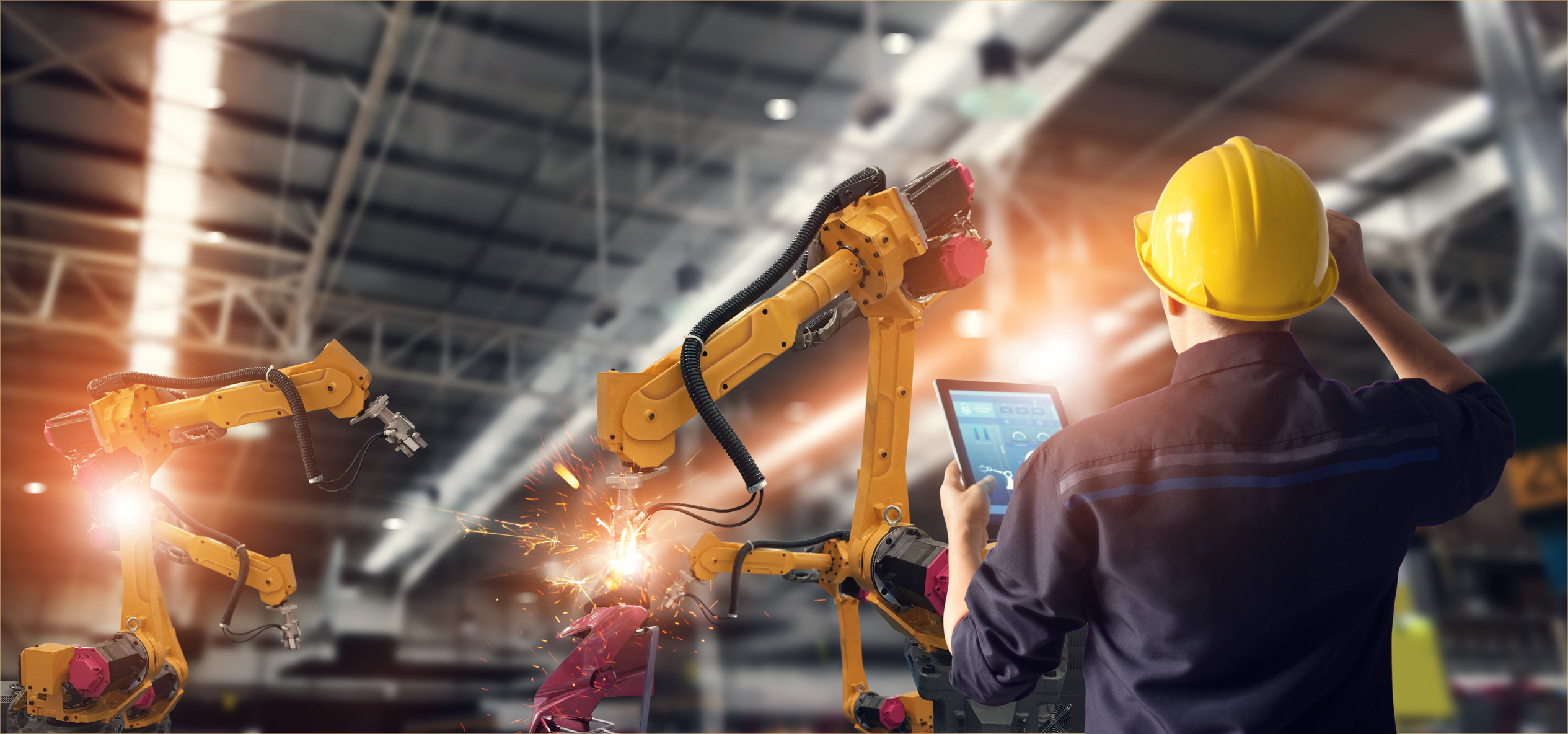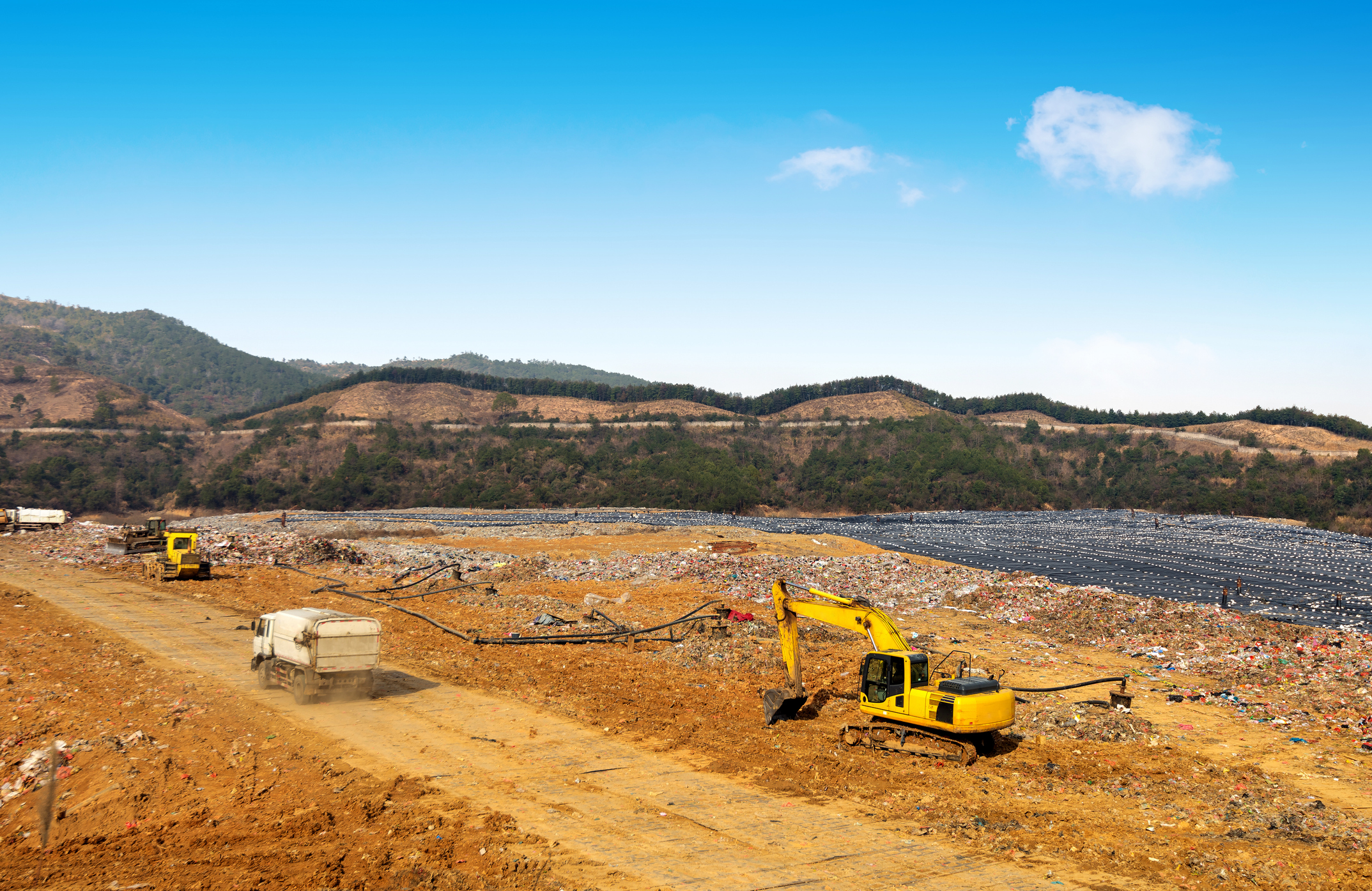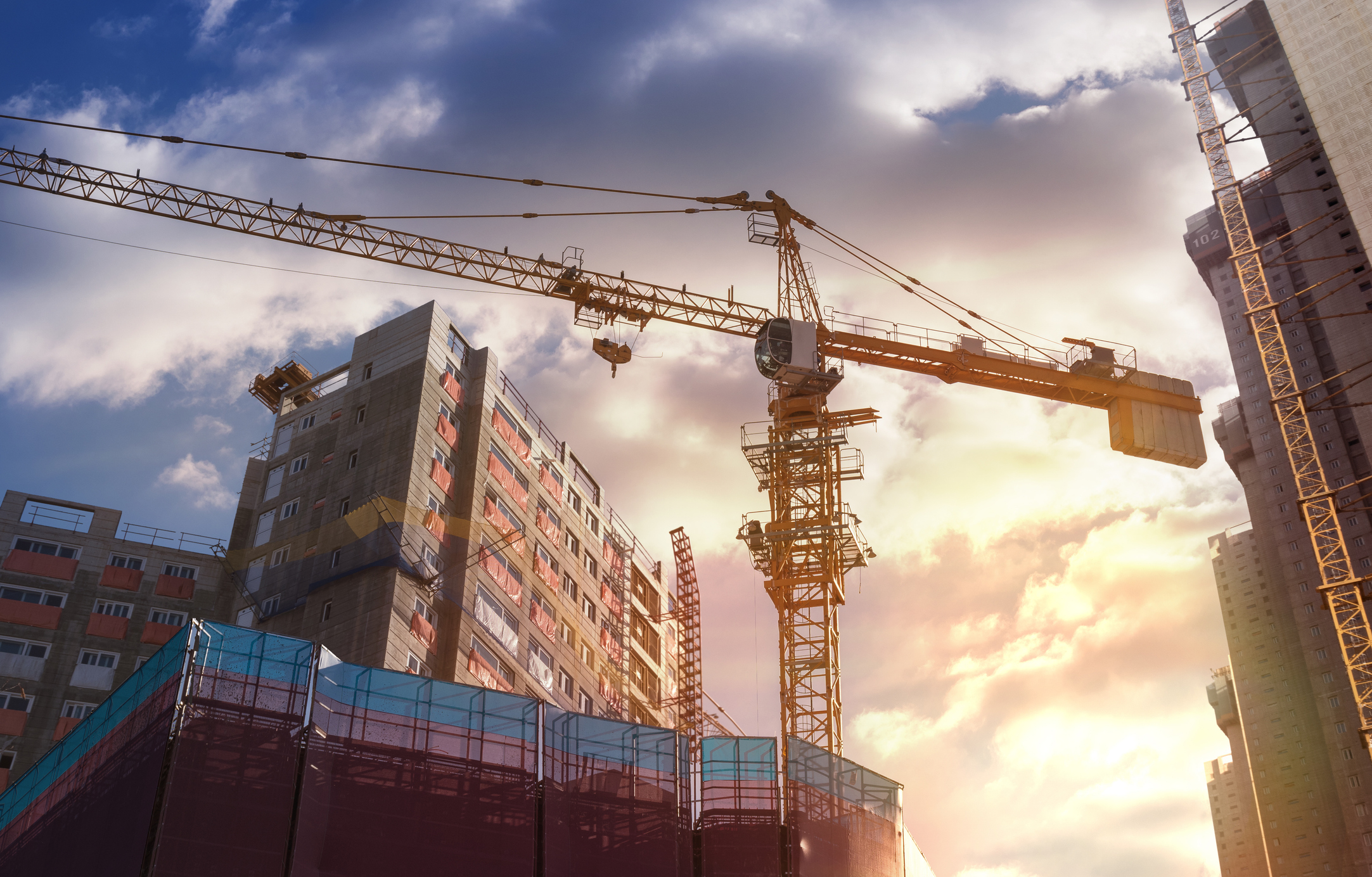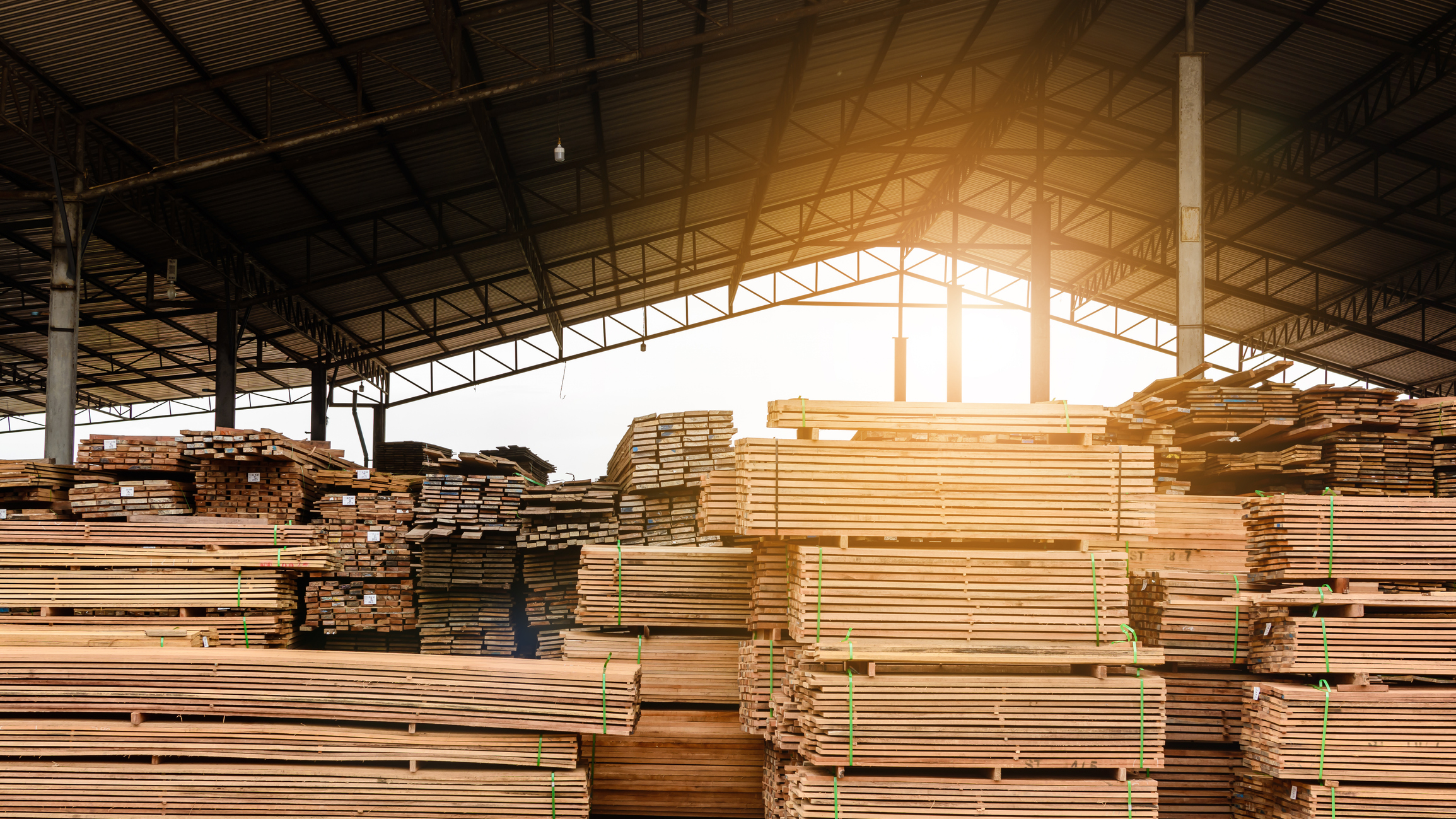Navigating Uncertainty: The Construction Industry at a Political Crossroads
From changing policies to economic shifts, the construction industry is facing uncertain times. Learn how businesses can adapt and continue to grow in this changing landscape.
By Rachael Mahoney
In the wake of the recent political transition, our industry is at a pivotal moment. The infrastructure and construction sectors, buoyed by historic federal investments, now face questions about the continuity and direction of these initiatives. While change is inevitable with any new administration, the uncertainty we’re experiencing is particularly acute given the stark policy contrasts and shifting national priorities.
As someone deeply embedded in this industry, I’ve spent several months speaking with project managers, estimators, finance directors, materials suppliers, and technology innovators across the country. The sentiment is consistent: we’re entering uncharted waters, but with challenge comes opportunity for those prepared to adapt.
The Infrastructure Investment and Jobs Act: What’s Secure and What’s in Flux
The Infrastructure Investment and Jobs Act (IIJA) represents one of the most significant public works investments in generations, allocating approximately $1.2 trillion over five years to transformative projects in roads, bridges, rail, broadband, and clean water.
As Gary Johnson, Vice President, Land and Quarry of Granite Construction Inc., testified before the Senate Committee on Environment and Public Works: “The funding provided by the Infrastructure Investment and Jobs Act (IIJA) was sorely needed and long-awaited, but delivering the surface transportation network our nation deserves is not just a five-year endeavor.”
Projects already approved with funding obligated are largely secure. The Federal Highway Administration has allocated over $110 billion to states for critical infrastructure repairs, and these funds are contractually committed. Similarly, major bridge replacement projects, Amtrak corridor improvements, and water system upgrades with signed agreements are proceeding as planned.
However, the picture grows murkier for:
• Projects in the pipeline but not yet contracted: Many state and local governments have projects that received preliminary approval but haven’t reached final contracting stages.
• Discretionary grant programs: Competitive grant programs where applications are under review but awards haven’t been announced face potential reprioritization.
• Future year funding allocations: While the legislation authorized five years of funding, annual appropriations could see adjustments in priorities and implementation timelines.
“We all want to see more domestic suppliers of construction materials, but undermining demand for construction isn’t the right way to stimulate new domestic capacity,” notes an Associated General Contractors of America (AGC) analysis on potential widespread tariffs.
Climate Initiatives and Regional Funding Shifts
The change in administration signals a potential reshuffling of climate-related infrastructure priorities. The previous emphasis on electric vehicle infrastructure, renewable energy integration, and climate resilience projects may see recalibration, with greater focus potentially shifting to traditional infrastructure and domestic energy production.
Regional impacts could be significant:
• Sunbelt states may see increased emphasis on border infrastructure, water management projects, and traditional transportation investments.
• Rust Belt regions could benefit from manufacturing-oriented infrastructure supporting reshoring initiatives and critical mineral processing.
• Coastal zones previously prioritized for climate adaptation may see adjustments in how resilience is approached and funded.
Tariffs, Supply Chains, and Cost Implications
Perhaps no area faces more immediate uncertainty than the materials supply chain. The prospect of expanded tariffs and trade restrictions has already triggered price volatility and hesitation across the sector.
A survey of construction executives revealed:
• 68% report suppliers are unwilling to guarantee prices beyond 30 days.
• 42% have seen project owners pause or delay final investment decisions.
• 57% are exploring alternative materials or sourcing strategies.

The Freezing Effect Across Sectors
This constellation of uncertainties has created a measurable cooling effect across the entire construction ecosystem:
• Development pipelines: Particularly in public-private partnerships, we see caution in advancing projects from concept to execution.
• Capital allocation: Infrastructure funds report increased scrutiny and extended due diligence periods for new investments.
• Workforce planning: Companies hesitate to expand permanent staffing despite record backlogs.
• Technology adoption: Paradoxically, some firms are delaying efficiency investments precisely when they’re most needed.
“The current environment feels like driving in heavy fog,” observes one VP of Operations at a heavy civil contractor. “We know the road continues, but we’re proceeding with heightened caution and reduced speed until visibility improves.
Policy Uncertainty
Executives in heavy civil construction warn that shifting or unclear policies can hinder project progress and raise costs. Dave Bauer, President and CEO of the American Road & Transportation Builders Association (ARTBA), pointed out how regulatory whiplash creates delays and expense overruns:
“This long-overdue guidance is critical for reducing the regulatory uncertainty that delays infrastructure improvements and needlessly increases their costs.”
Similarly, ARTBA Chairman Tim Duit testified that a stable regulatory environment is needed to fully leverage historic funding levels, noting that harmonizing regulations with Congress’s intent would help deliver projects on time. Industry leaders consistently call for clearer, consistent policies so contractors, suppliers, and disposers can plan effectively without the fear of abrupt rule changes or funding shifts undermining projects.
Supply Chain Challenges
Construction firms continue to grapple with volatile material prices and logistical bottlenecks, issues that have been exacerbated by global events and pandemic aftershocks. Ken Simonson, Chief Economist at AGC, described how supply disruptions are impacting contractors:
“Contractors are experiencing fast-rising materials costs, lengthening or uncertain delivery times, and rationing of key inputs… These problems threaten to drive up the cost and completion time for many vital projects and potentially set back the recovery in construction employment.”
Association officials have urged policymakers to address these bottlenecks – for instance, by lifting tariffs on key materials – to “help uncork supply-chain bottlenecks” and ease price spikes. The consensus is that until supply chains stabilize, firms must plan around longer lead times and higher costs, often securing critical materials well in advance and diversifying suppliers to keep projects on schedule.
Workforce Stability
Labor shortages and workforce uncertainty remain a critical concern across the construction industry. Industry leaders stress that inadequate investment in training and education, along with restrictive labor policies and now immigration volatility, are limiting the sector’s growth. Jeff Shoaf, CEO of AGC of America, emphasized how the lack of support for workforce development directly affects project delivery:
“The government’s lack of investment in construction workforce programs is having a real, measurable impact on the country’s ability to build infrastructure and other construction projects… These impacts include higher costs, longer construction schedules and a significant number of delayed or canceled projects.”
Contractors are raising wages and intensifying recruiting, but many positions remain hard to fill, challenges that are exacerbated by uncertainty. Association leaders have called for expanded career and technical education, immigration reform, and other measures to stabilize the talent pipeline. The goal is to build a steady workforce to meet growing infrastructure demands without driving up costs or causing delays due to labor gaps.
Technology Adoption
Construction associations also note that adopting modern technology is essential to overcoming these challenges and improving productivity. Matt Abeles, Vice President of Construction Technology at Associated Builders and Contractors (ABC), advises companies to take a people-focused approach to tech implementation for maximum benefit:
“By focusing on the people affected by technology change and identifying key stakeholders and drivers throughout the process, companies can develop a robust construction technology framework that can weather uncertainty, lead to more profits, safer jobs and more work.”
Leaders see tools like marketplaces, project management software, automation, drones, and AI as ways to mitigate labor shortages and streamline operations. Sandherr has observed that firms “continue to invest in the tools they need to be more efficient” even as they navigate economic uncertainties. From procurement platforms like Bulk Exchange that improve supply sourcing, to robotics that boost jobsite safety, technology adoption is increasingly viewed not as optional, but as a strategic necessity in the heavy civil sector’s response to political and economic shifts.
The Path Forward: Proactive vs. Reactive Positioning
As we navigate this transition, the distinction between proactive and reactive positioning becomes critical. Reactive companies await clarity before making significant moves – a seemingly conservative approach that often increases vulnerability. Proactive organizations develop the capabilities to thrive under multiple scenarios while strengthening foundational competencies.
This perspective is echoed in recent McKinsey research, which suggests that major market transitions typically reward first movers who act decisively amid uncertainty rather than companies that wait for complete information.
Conclusion: Uncertainty as Catalyst
While we navigate genuine challenges and uncertainties, there's a compelling case for optimism. Our industry has demonstrated remarkable resilience through previous transitions, economic cycles, and policy shifts. The fundamental need for infrastructure investment transcends political changes – deteriorating bridges require replacement regardless of which party holds power.
Moreover, periods of disruption historically accelerate innovation and separate industry leaders from laggards. The companies using this moment to strengthen foundations, embrace technology, build cohesive teams, and develop strategic flexibility will emerge positioned for decades of success.
As we move forward, let's recognize that our industry's greatest strength has always been building for the future amid the present constraints. That foundational purpose remains unchanged, even as the political landscape evolves.
The path ahead contains both challenges and opportunities. By staying united as an industry, prioritizing innovation and efficiency, and maintaining unwavering focus on the essential infrastructure our society requires, we'll navigate this transition successfully – building not just roads and bridges, but the foundation for America's next chapter of growth and prosperity.

.svg)
